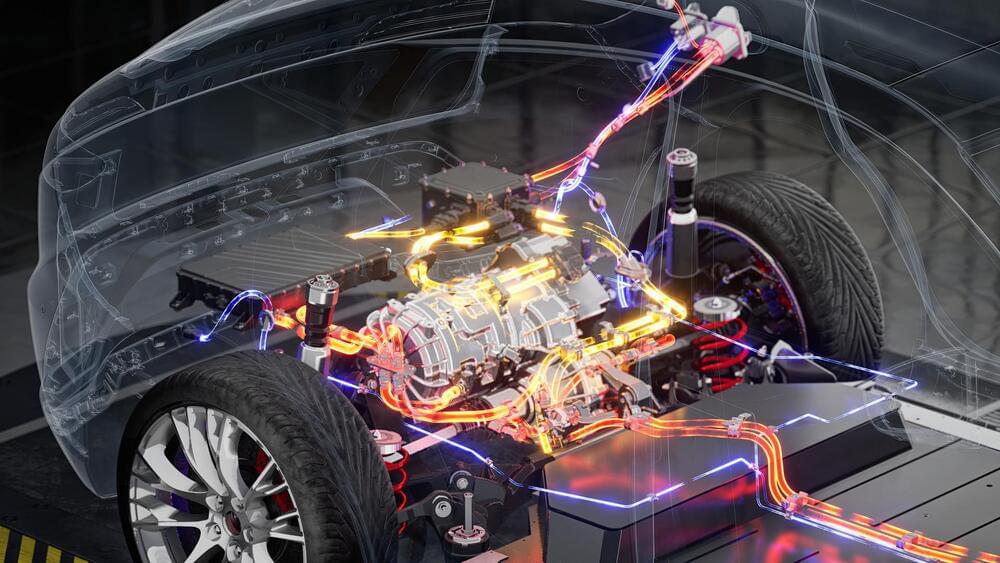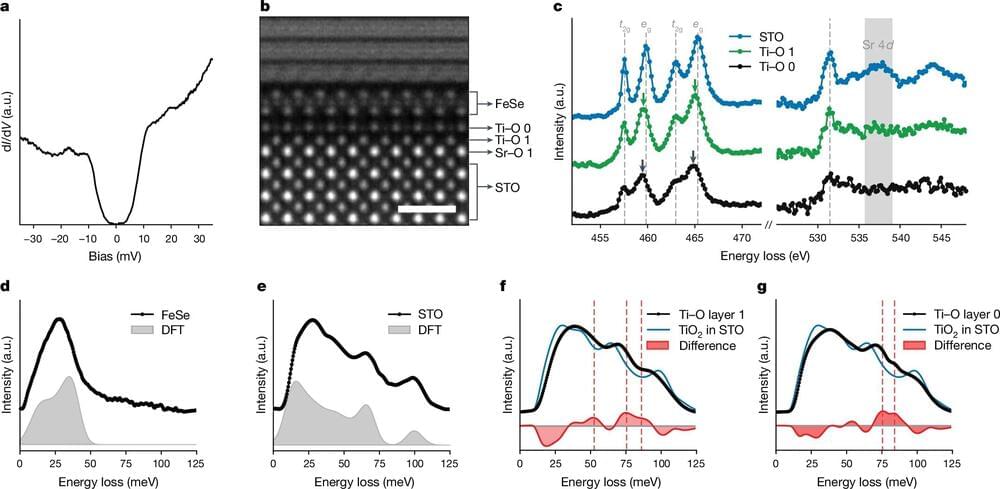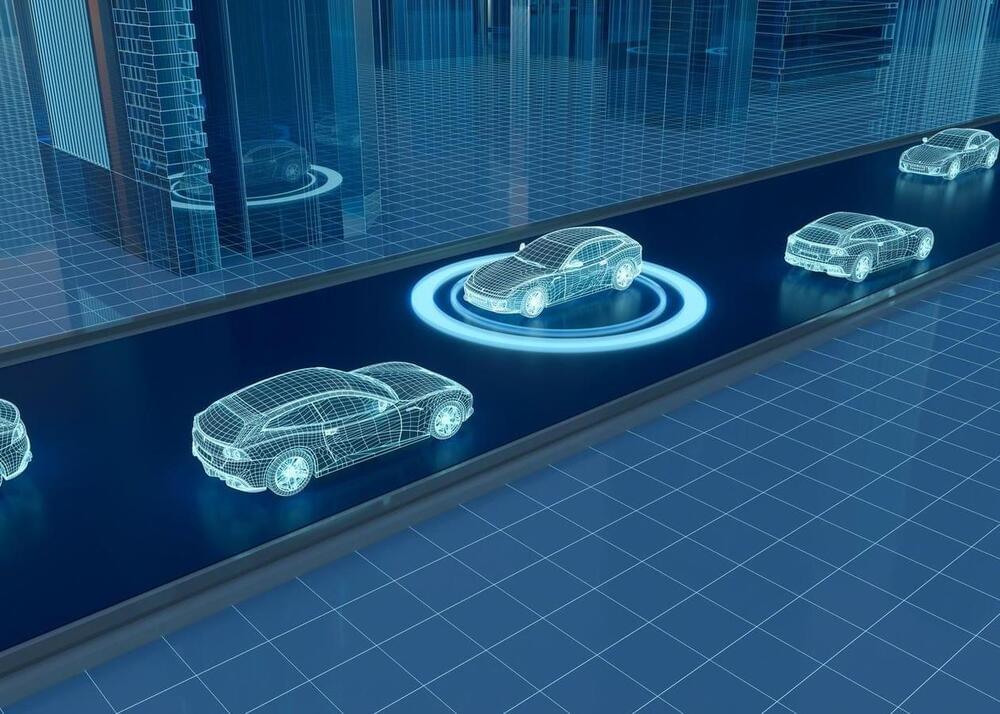The larger challenge for hydrogen is sourcing it from green suppliers. Electrolyzers are used to harvest green hydrogen by splitting water into its component atoms. For the hydrogen to be green it has to either come from natural-occurring sources which are rare or from producing it using renewable energy generated by hydro, solar, onshore, and offshore wind turbines. Building an electrolyzer infrastructure would be key to creating hydrogen-powered vehicles for long-distance travel with quick refuelling turnarounds. The trucking industry is likely the best candidate for the use of this fuel and technology.
Making ICE-Powered Vehicles More Efficient.
About 99% of global transportation today runs on ICE with 95% of the energy coming from liquid fuels made from petroleum. Experts at Yanmar Replacements Parts, a diesel engine aftermarket supplier, state that, “while hydrogen-powered and electric vehicles will be on the rise, ICEs will continue to remain the norm and will be for the foreseeable future.” That’s why companies are reluctant to abandon ICE to make the technology more compatible to lower carbon emissions. By choosing different materials during manufacturing, automotive companies believe that production emissions can be abated by 66%.





